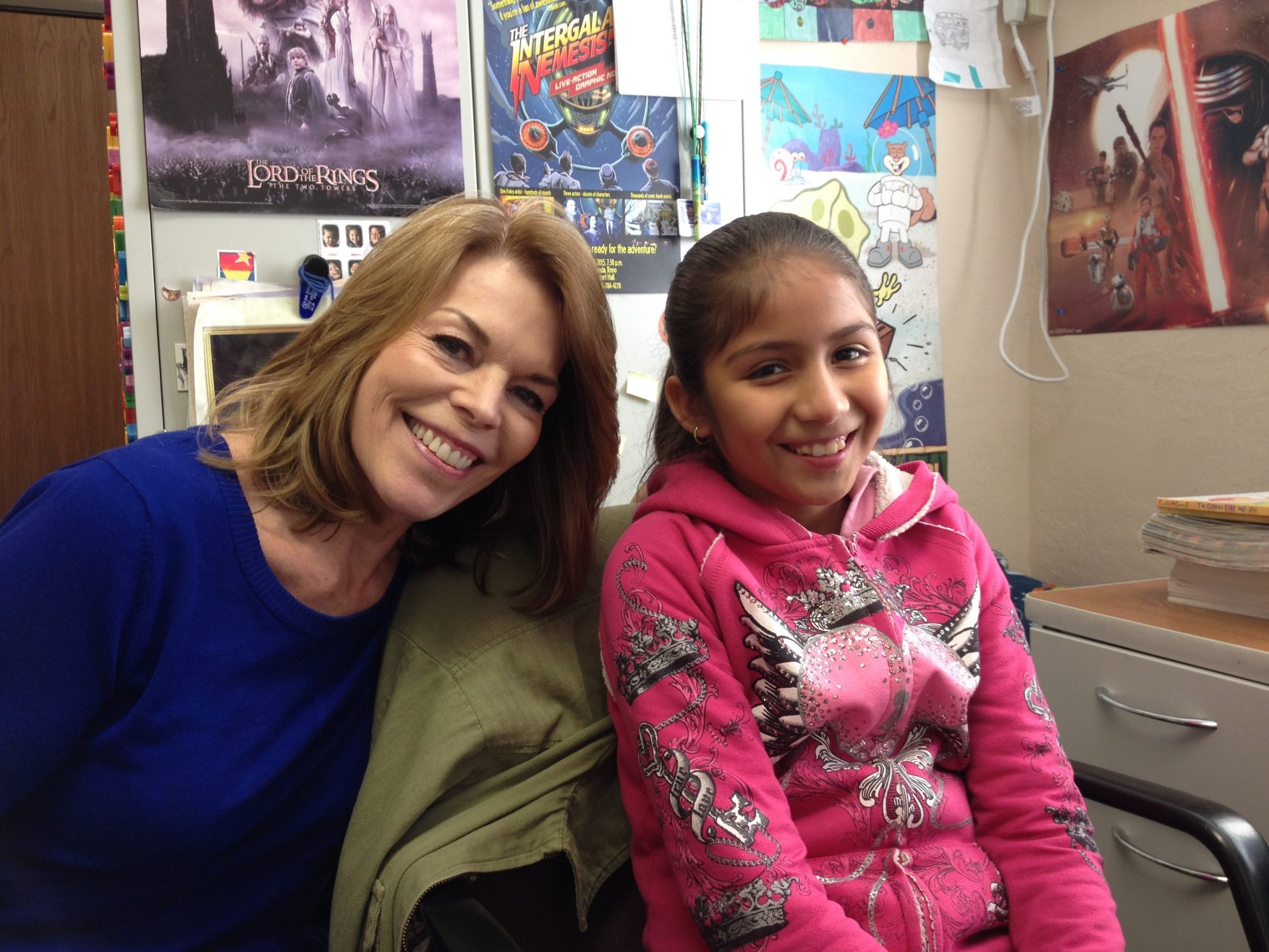
The arts for fun and learning Whether it’s Mozart or the Rolling Stones, Picasso or graffiti, most people like some type of music or art. Being creative—singing, playing the piano, drawing, or acting—can be fun, and helps young people improve basic and advanced thinking skills. Performing and creating works of art helps young people develop cognition (intellectual comprehension), cultural understanding, communication, and creativity. Learning that’s fun and worthwhile—what could be better? Creative Activities is Asset 17 of Search Institute’s 40 Developmental Assets, the qualities, experiences, and relationships that help young people grow up healthy, caring, and responsible.
Here are the facts
Research shows that young people who spend three hours or more a week in music, theater, or other arts are more likely to grow up healthy. Only 21 percent of young people, ages 11–18, do so, according to Search Institute surveys. It’s important to help young people find creative outlets that are fun, teach them about themselves, and provide a way to relieve the stresses of everyday life.
Tips for building this asset
Everyone is an artist in some way. Think of how you may create a new way to surprise someone on her or his birthday, hum along to the radio, dance when you’re in a good mood. These small bursts of artistic expression are important ways people communicate individuality. By bringing more art and music into young people’s lives, caring adults can help to develop another side of their personalities, talents, and skills.
Also try this
In your home and family: Play magnet art.Here’s how: Visit an art museum as a family. Have each person walk toward the first painting that catches her or his eye (drawing you to it like a magnet). Let each family member explain what he or she likes about the painting he or she chose.
In your neighborhood and community: Encourage the creative energies of everyone in the community by supporting your local community theater.
In your school or youth program: Integrate music into your regular curriculum or program. Start the day with a bit of classical music, followed at lunch by rock and roll or jazz, and end the day with opera. Discuss everyone’s preferences and invite students and participants to help select songs for the next day.



